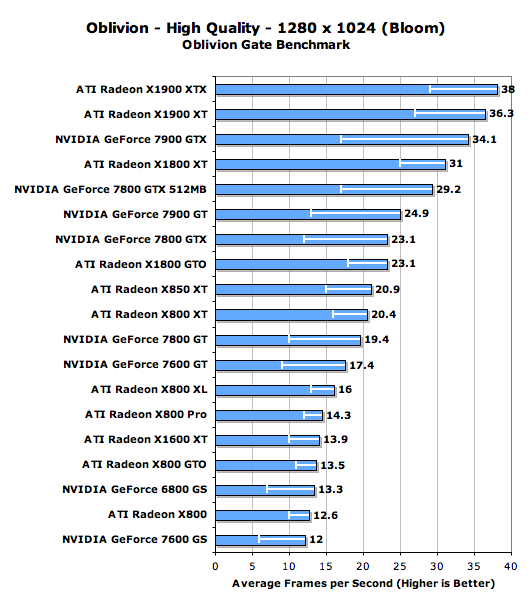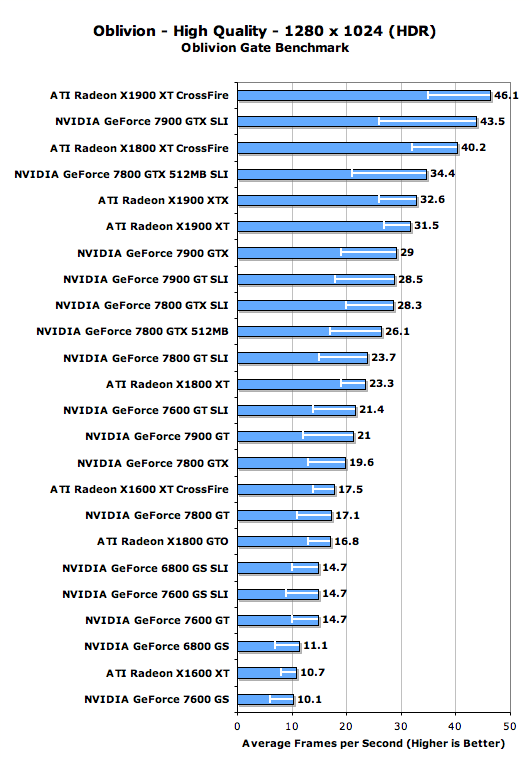ATI Technologies Thursday disclosed some of the details concerning the code-named R600 graphics processing unit (GPU) and said the part will not only support the new features and unified shader architecture, but will also become the company’s highest performing graphics chip when it comes to wide-spread DirectX 9 applications.
R600 – DirectX 9 Champ
“The R600 will be [absolutely] the fastest DirectX 9 chip that we had ever built,” said Richard Huddy, the head of ATI Technologies’ software developers relations department, at a press conference in London, UK.
Mr. Huddy was asked whether the R600’s already well-known unified shader architecture will suit well for the wide-spread DirectX 9 games, which were developed with dedicated pixel and vertex processors in mind. The answer implies that users, who will buy the R600-based graphics cards early, will get top-class performance even in existing applications.
Unified Shader Architecture May Boost Performance
Mr. Huddy said that Xbox 360 game console, which sports developed by ATI Xenos graphics core with unified shader architecture and 48 shader processors, loses 20% to 25% performance in pixel-shader limited games, when its graphics chip is configured as non-unified, e.g.,16 processors work strictly on vertex shaders, whereas 32 are assigned for pixel shaders.
Microsoft Corp. pushes unified shader language for pixel, vertex and geometry shaders in its Windows Vista graphics application programming interface (API) – DirectX 10. As a result of that, graphics hardware designers should deliver their chips with unified shader engines at some point in future in order to more efficiently support the new API. Unified shader processors allow graphics chip to configure itself flexibly for every frame, which provides additional horsepower to the most demanding part of the workload.
Traditional GPUs have dedicated pixel shader and vertex shader processors. In cases, where a frame being rendered contains a lot of geometry and just a few pixel shaders to determine colour, the performance is limited by vertex shaders, while pixel processors are standing idle. GPUs with unified shader processors will have special scheduler inside them, which will determine the load from pixel, vertex and geometry shaders and then assign appropriate number of processors for every kind of work. This will allow to utilize all the computing power of the GPU, believes ATI. Nevertheless, rival Nvidia Corp. believes that implementation of a unified shader architecture should be gradual and cautious.
R600 to Bring More Horsepower
Back in 2002 ATI also unveiled the world’s first DirectX 9-supporting GPU, which offered breakthrough performance in DirectX 8-based games, mainly because it sported 8 pixel processors – two times more compared to rival GeForce 4 Titanium – and 256-bit memory bus – also about two times faster than that of the GeForce4 Ti.
The code-named R600 visual processing unit may repeat the success of its grand-grand predecessor, as, according to sources familiar with the plans of ATI Technologies as well as some media reports, ATI R600 will have 64 unified shader processors – an unprecedented number so far, 16 texture units – inline with today’s GPUs, clock-speed beyond 650MHz and support for high-speed GDDR4 memory controller. Rival Nvidia G80 will have lower amount of shader processors and will also have “hybrid”, not unified, micro-architecture. Neither ATI, nor Nvidia commented on specs of future products.
However, there may be a slight problem for ATI: Microsoft is not going to release DirectX 10 API for Windows XP, but only for Windows Vista, which may mean that ATI’s R600 hardware will be able to show itself in all its glory only when used in conjunction with Microsoft’s new operating system.








